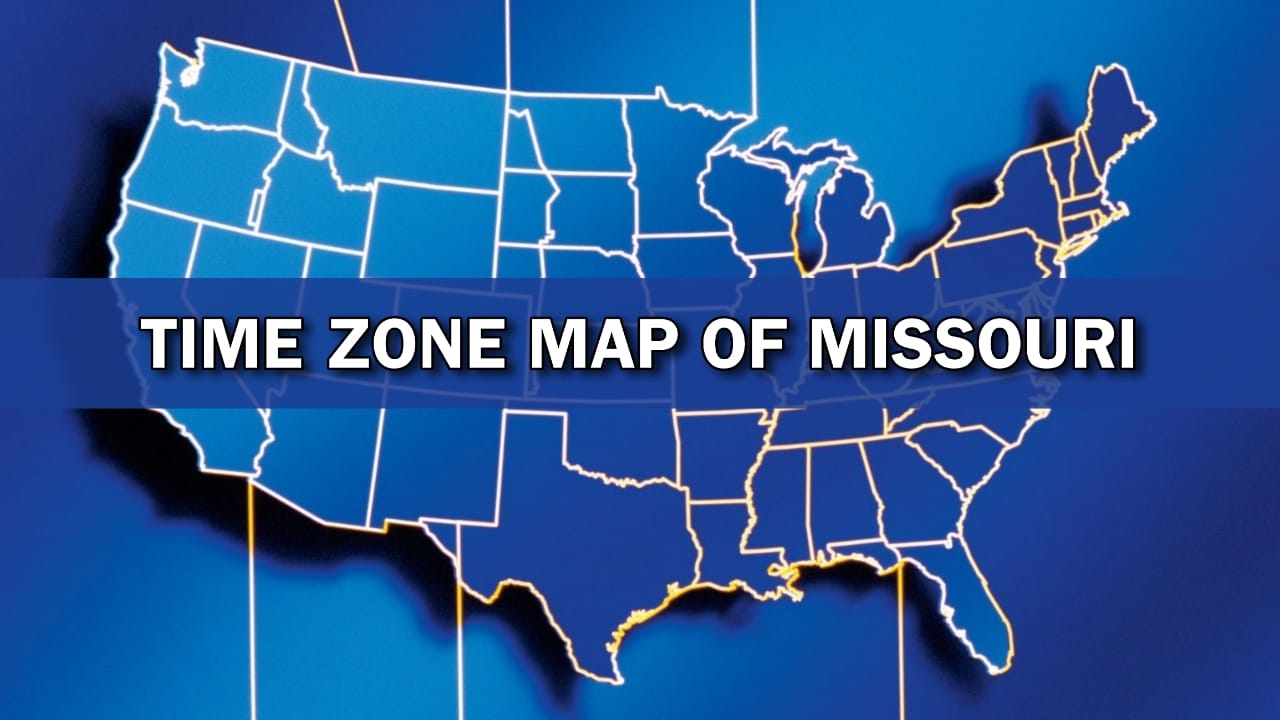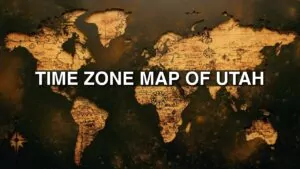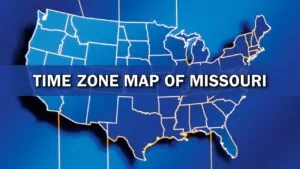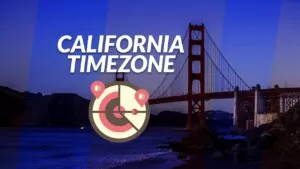Trying to figure out the time in Missouri compared to where you are can be confusing. You might wonder why your friend in Missouri is either an hour ahead or behind you. Here’s a fact that explains a part of this puzzle: Missouri follows Central Standard Time (CST), which is UTC-6 hours.
This piece will guide you through understanding how time zones work in Missouri, including Daylight Saving Time changes and how they affect local times.
We’ll explore the difference in time between places like Arizona and Texas when trying to call someone from Missouri, look at major cities within the state, and answer some common questions about Missouri’s time zone.
Ready for clarity on timing? Keep reading!
Understanding Time Zones in Missouri
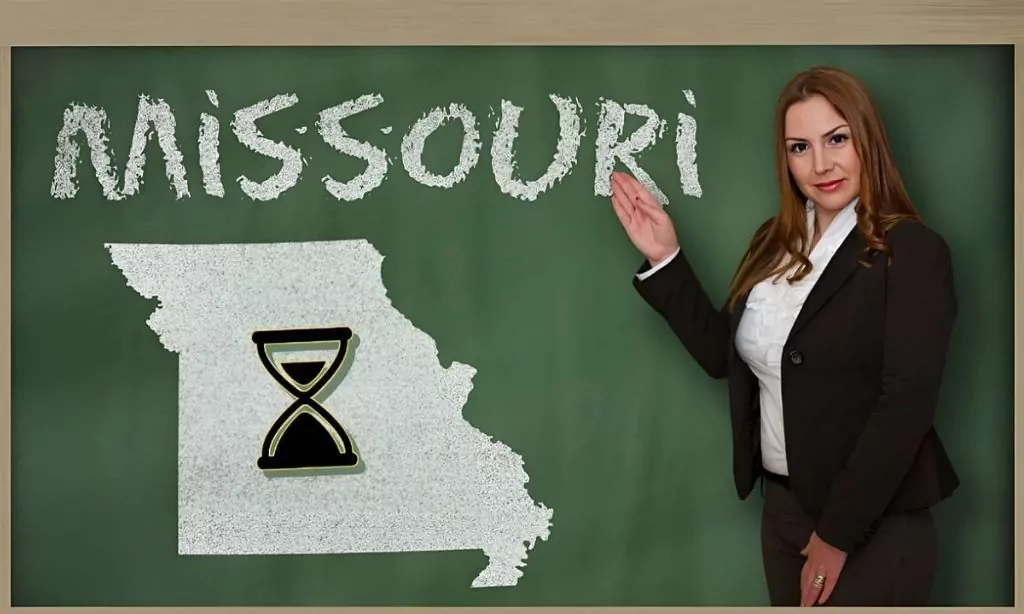
Missouri ticks to the rhythm of the Central Time Zone, setting the pace for both work and play. When daylight saving swings around, clocks leap forward, immersing the state in longer evenings filled with sunshine.
Current Time in Missouri
Right now, it’s 9:37:52 AM on a Tuesday, March 5, 2024. Everyone in Missouri is ticking along to this exact time. The state runs on Central Standard Time (CST), making it -0600 UTC.
This means when the sun is shining here, other places might still be asleep or already dark.
Living in this time zone affects everything – from TV shows starting to when we call friends in different states. It sets the rhythm of our day. Understanding CST helps us plan better and keeps us connected with the rest of the world in a timely manner.
Missouri’s Time Zone
Missouri follows the Central Time Zone (CST), placing it six hours behind Greenwich Mean Time (GMT). This means when it’s noon in Missouri, it’s already 6 p.m. in GMT zones. During Daylight Saving Time, which begins on March 10, 2024, and ends on November 3, 2024, clocks go forward by an hour.
This shift helps people enjoy more daylight in the evening hours.
Lawmakers in Missouri are considering a big change – making Daylight Saving Time last all year. If this happens, there wouldn’t be a need to change clocks twice a year anymore. People would have extra daylight in the evenings for longer periods, potentially benefiting businesses and outdoor activities.
Daylight Saving Time in Missouri
Daylight Saving Time (DST) makes Missouri’s clocks spring forward on March 10, 2024, at 2:00 AM. This shift means longer evenings and more daylight for outdoor activities. On November 3, 2024, at 2:00 AM, we turn the clocks back to standard time.
Lawmakers in Missouri are pushing for DST to last all year. They believe it would benefit businesses and improve residents’ quality of life by offering more daylight in the evenings throughout the year.
Switching between Central Daylight Time (CDT) and standard time affects everyone’s schedule twice a year. Whether you’re planning events or setting alarms, knowing these dates helps avoid confusion.
The idea of having more light later in the day is appealing to many people who enjoy spending time outside after work or school.
Time Zone Conversions
Figuring out time zone conversions can save you from missing important calls or meetings. Let’s dive into how to easily convert Missouri time to other places, like Arizona and Texas, without any hassle.
Difference Between Arizona Time vs Missouri Time
Understanding the time difference between Arizona and Missouri is crucial for scheduling calls, planning travel, or conducting business. The key distinction lies in their stance on Daylight Saving Time and their standard time zones. Below is a detailed comparison structured in an HTML table format to offer a clear, at-a-glance view of the differences.
| Aspect | Missouri | Arizona |
|---|---|---|
| Time Zone | Central Time Zone (CT) | Mountain Standard Time (MST) |
| Daylight Saving Time | Observes DST | Does not observe DST |
| Standard Time GMT Offset | GMT-6 | GMT-7 |
| Daylight Saving Time GMT Offset | GMT-5 | Remains at GMT-7 |
| Annual Time Change | Begins on March 12, ends on November 4 | No time change |
This table concisely encapsulates the time zone and Daylight Saving Time differences between Missouri and Arizona. Missouri’s adherence to Daylight Saving Time contrasts sharply with Arizona’s choice to remain on Mountain Standard Time year-round. Consequently, the time difference between the two states varies throughout the year, impacting scheduling and communication.
Schedule a Phone Call from Missouri to Texas
Missouri and Texas share the same time zone. This makes scheduling calls between these states straightforward.
- Check the calendar for any upcoming daylight savings changes. Both states shift from CST to CDT on the same dates.
- Pick a date and time that works for you. Since there’s no time difference, your usual working hours are a good starting point.
- Consider personal schedules. Even though the states are in the same timezone, people have different routines. Choose a time that respects both parties’ daily commitments.
- Use digital tools to send invites. Tools like Microsoft Outlook or email can help schedule and remind both sides of the upcoming call.
- Confirm the meeting at least a day before. A quick confirmation ensures everyone is still available at the chosen time.
- Prepare for daylight saving adjustments. Remember, clocks move forward in March and back in November, affecting call schedules if planning far ahead.
Major Cities in Missouri and their Time Zones
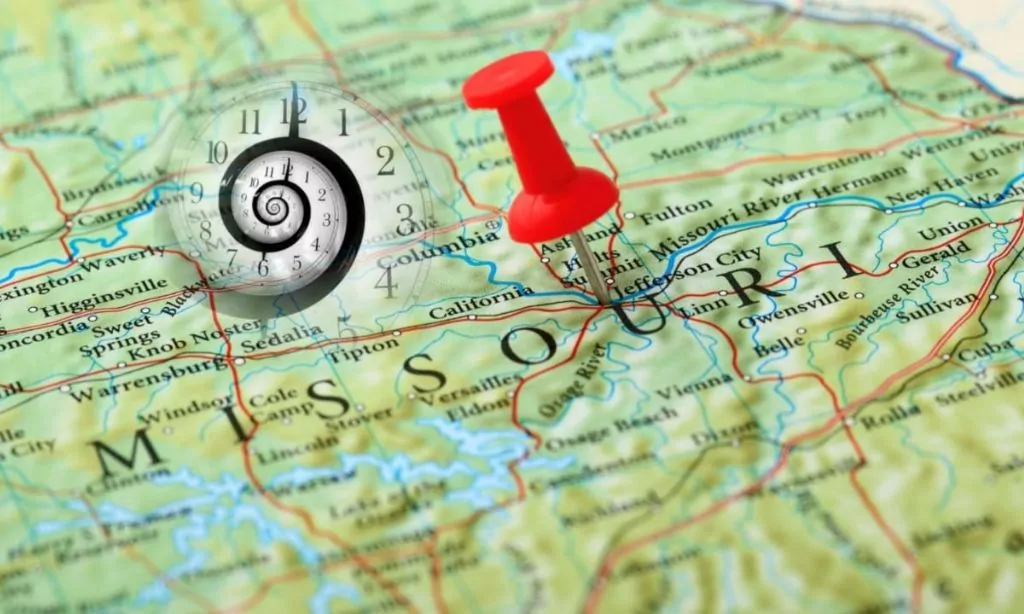
Understanding time zones can feel like navigating a labyrinth—especially when planning events or travel across different states. Missouri, with its rich history and vibrant cities, operates under the Central Standard Time (CST), or -0600 UTC, aligning with a significant portion of the United States. This uniformity brings a semblance of simplicity to scheduling and communication within its bounds. Here’s a quick snapshot of major cities in Missouri and their adherence to CST:
| City | Time Zone |
|---|---|
| Kansas City | Central Standard Time (CST) |
| St. Louis | Central Standard Time (CST) |
| Springfield | Central Standard Time (CST) |
| Columbia | Central Standard Time (CST) |
| Jefferson City | Central Standard Time (CST) |
From the bustling streets of Kansas City to the historical aura of Jefferson City, Missouri’s cities pulse uniformly to the rhythm of Central Standard Time. Whether you’re in St. Louis, appreciating the iconic Gateway Arch, or soaking in the collegiate atmosphere of Columbia, time remains a constant companion, simplifying life in this diverse state. Each city, while unique in its character and offerings, shares this cohesive temporal bond, facilitating seamless transitions and interactions across this Midwestern gem.
Frequently Asked Questions About Missouri’s Time Zone
Curious about how time zones in Missouri work? Dive into the FAQs to uncover all your queries – from GMT settings to time changes, we’ve got you covered.
How do time zones work?
Time zones help us organize time across different regions of the world. The Earth is divided into 24 time zones, each one based on a longitudinal meridian. These invisible lines run from the North Pole to the South Pole, marking different hours of the day.
As our planet rotates, different parts face the sun, making it daytime in some places and nighttime in others. This rotation leads to changes in local time as you move from one zone to another.
Missouri sits in the Central Time Zone according to the standards set by coordinated universal time (UTC). During daylight saving time, clocks are moved forward by an hour to make better use of natural daylight in the evenings.
This change shifts Missouri’s time to UTC-5:00 hours. Understanding these shifts helps people manage their schedules when traveling or communicating across different areas without confusion about local times.
What is the GMT time zone for Missouri?
Missouri sits in the Central Time Zone, which is 6 hours behind Greenwich Mean Time (GMT) during standard time. This means when it’s noon in GMT, it’s only 6 AM in Missouri. The state shifts to being 5 hours behind UTC due to Daylight Saving Time.
This change happens every year, making the clock jump forward by one hour.
The switch helps utilize more daylight in the evenings. During this period, Missouri aligns with UTC-5:00 hours. Residents adjust their clocks ahead in spring and back an hour come fall, keeping pace with this annual cycle to save energy and enjoy longer days.
What’s the time change in Missouri?
Missouri shifts time twice a year due to daylight saving time. Clocks go forward by one hour on the second Sunday of March at 2 a.m. This change lets everyone enjoy more sunlight in the evening during spring and summer months.
The state reverts to standard time by setting clocks back an hour on the first Sunday of November at 2 a.m. This adjustment gives people an extra hour of sleep and brings earlier sunsets, helping conserve energy as the days grow shorter in fall and winter.
Conclusion
Exploring the time zone map of Missouri opens up a world where local time and Daylight Saving Time dance together. This journey reveals how cities like Kansas City and St. Louis tick to their own rhythm under the Central Standard Time.
Remember, when March rolls around, clocks spring forward, bringing longer days until November bids DST goodbye. Whether you’re scheduling calls or planning visits, understanding Missouri’s time zones simplifies life in this vibrant state.
So dive in—the map is your guide to navigating every hour with ease.

